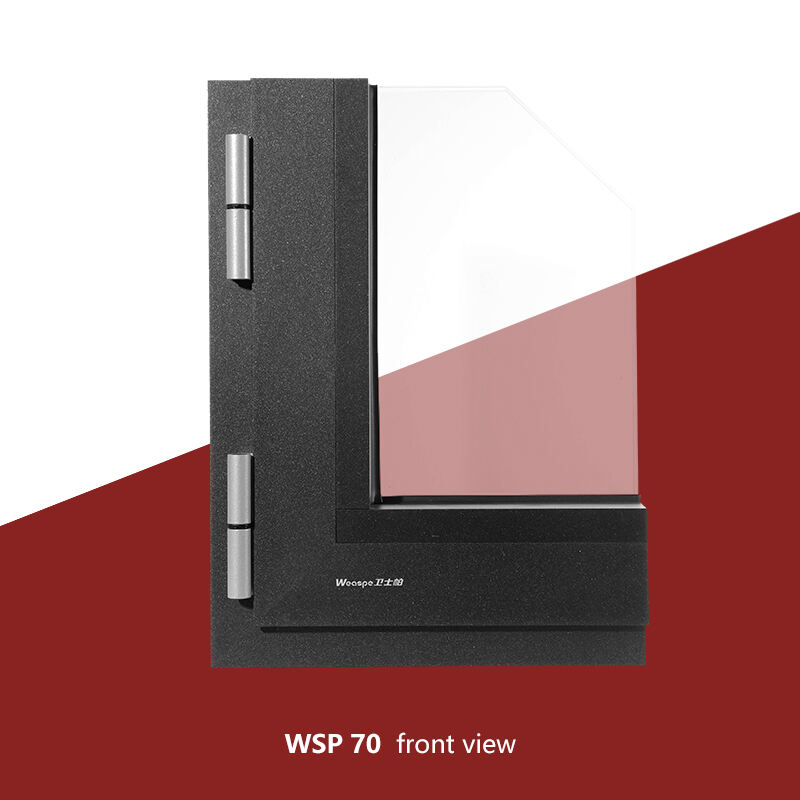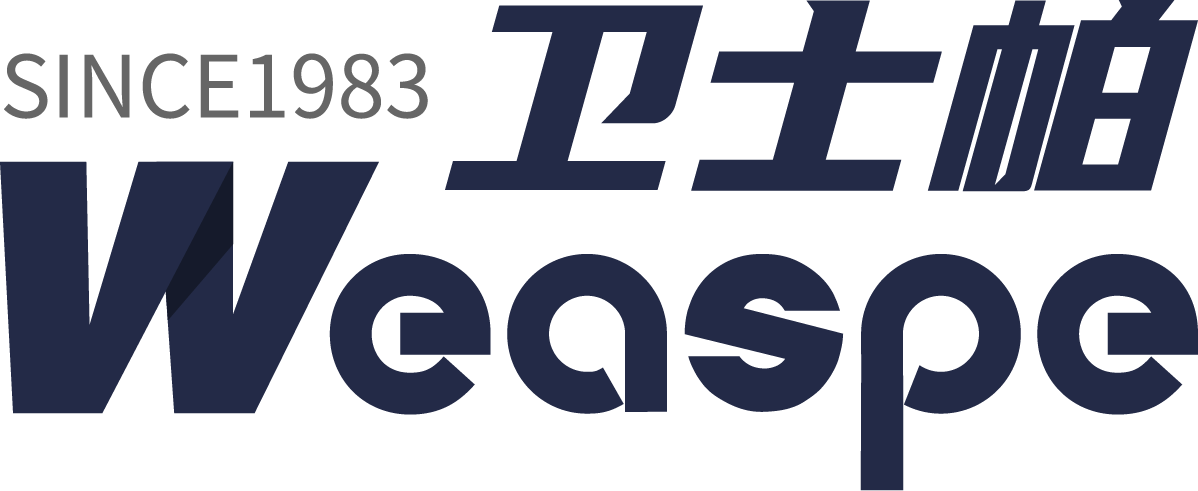Superior Energy Performance
Passive buildings achieve unprecedented energy efficiency through an integrated approach to building design and construction. The super-insulated building envelope, typically featuring walls with R-values three to four times higher than conventional construction, creates an exceptional thermal barrier. This insulation, combined with high-performance windows and doors, minimizes heat transfer and maintains stable indoor temperatures with minimal energy input. The airtight construction, verified through rigorous testing, prevents unwanted air leakage and associated energy losses. Advanced heat recovery ventilation systems capture and reuse up to 90% of the energy from exhaust air, further reducing heating and cooling demands. This comprehensive approach to energy conservation results in buildings that require only a fraction of the energy used in conventional construction, while maintaining superior comfort levels.



